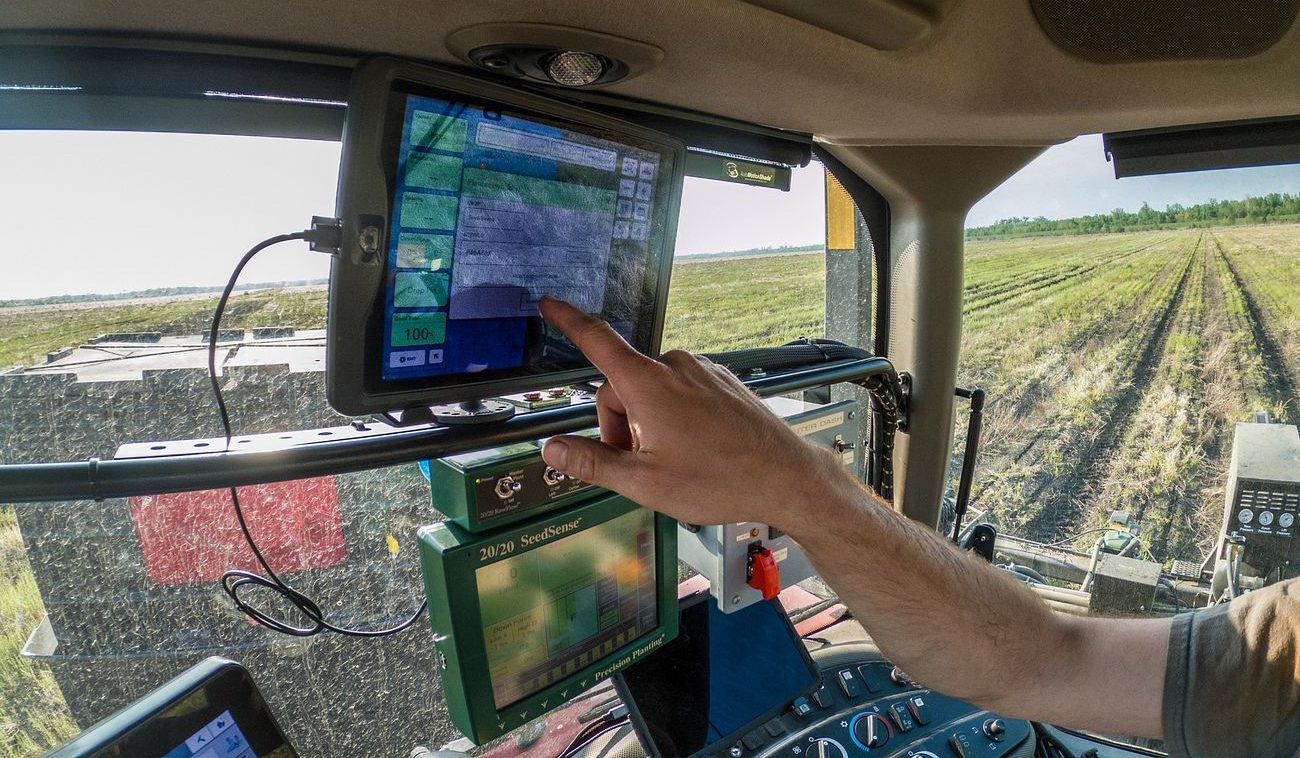When farmers buy used equipment, one of the biggest concerns is whether the machine will become outdated too quickly. Technology in agriculture is advancing at a rapid pace, and the key to protecting your investment is choosing machines that can be upgraded as new systems become available. Retrofitting has become an important part of this conversation, allowing older tractors, combines, sprayers, and planters to keep pace with modern operations without requiring the cost of brand-new equipment.
Why Retrofitting Matters
The retrofit market has expanded significantly in recent years. Both manufacturers and third-party providers are building add-on kits that can be installed on machines that are ten to twenty years old. These include autosteering systems, implement guidance, precision planting technologies, and even advanced sensor modules. Deere’s “See & Spray Premium,” for example, can be retrofitted onto sprayers from model year 2018 and newer. Other systems, such as universal autosteer kits, are compatible with a wide range of machines going back to the early 2000s. This means resale value is increasingly tied not just to hours or horsepower, but to how well a machine can accept new technology.
Which Year Ranges Make the Most Sense
In general, equipment built between about 2005 and 2021 tends to hit the sweet spot. Machines from the mid-2000s onward often include electronic controls and CAN bus wiring, which are essential for adding modern guidance and monitoring tools. Units built after 2015 usually come with stronger modular wiring and connectivity options, which makes upgrading simpler and cheaper. Very new models from 2022 on are the easiest to work with, but they come with higher price tags that limit the cost advantage of buying used. Pre-2005 machines are harder to update, but if they are mechanically strong and well-maintained, certain retrofits are still possible.
How to Vet a Used Machine for Future Compatibility
- Ask for wiring diagrams or electrical schematics. Machines with modular wiring and CAN bus systems are far easier to retrofit.
- Check whether the machine has diagnostic or data ports, even if they are not currently in use.
- Inspect the hydraulics and control systems to be sure they can handle the demands of add-on equipment.
- Confirm that retrofit kits are still supported for that model and year.
- Look at the service records. Good maintenance means fewer hidden issues that could interfere with upgrades.
- Think in terms of incremental upgrades. A solid retrofit candidate allows you to start with guidance and later add more advanced precision tools.
- Keep resale in mind. If the machine can be upgraded easily, it will appeal to future buyers as well.
Pitfalls to Avoid
Machines with proprietary electronics that cannot be accessed or modified can become dead ends. Likewise, models without available retrofit kits or with discontinued support should be approached carefully. Very old equipment with only mechanical controls may require expensive rewiring, and structural fatigue can limit the ability to add new components safely.
A Practical Example
One Illinois farm recently ran a 2014 planter upgraded with precision systems such as DeltaForce and CleanSweep. The retrofit brought it up to the performance level of much newer planters at a fraction of the cost. Stories like this show that when you choose machines from retrofit-friendly years and confirm compatibility before purchase, you can extend useful life while preserving resale value.
The Bottom Line
If you are shopping for used equipment, aim for machines that were built in the mid-2000s to early 2020s. Look for models with modern wiring, solid hydraulics, and active retrofit support. A machine that can evolve technologically will serve your operation well and will hold its value when it comes time to sell.


Leave a Reply